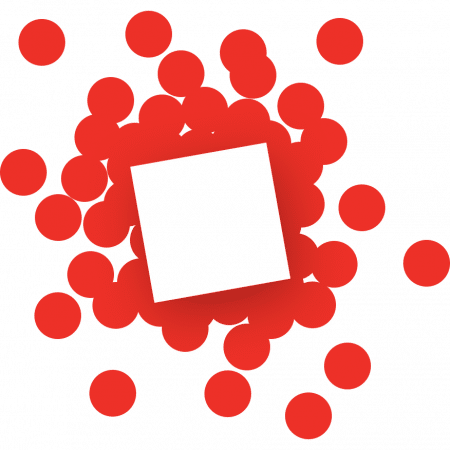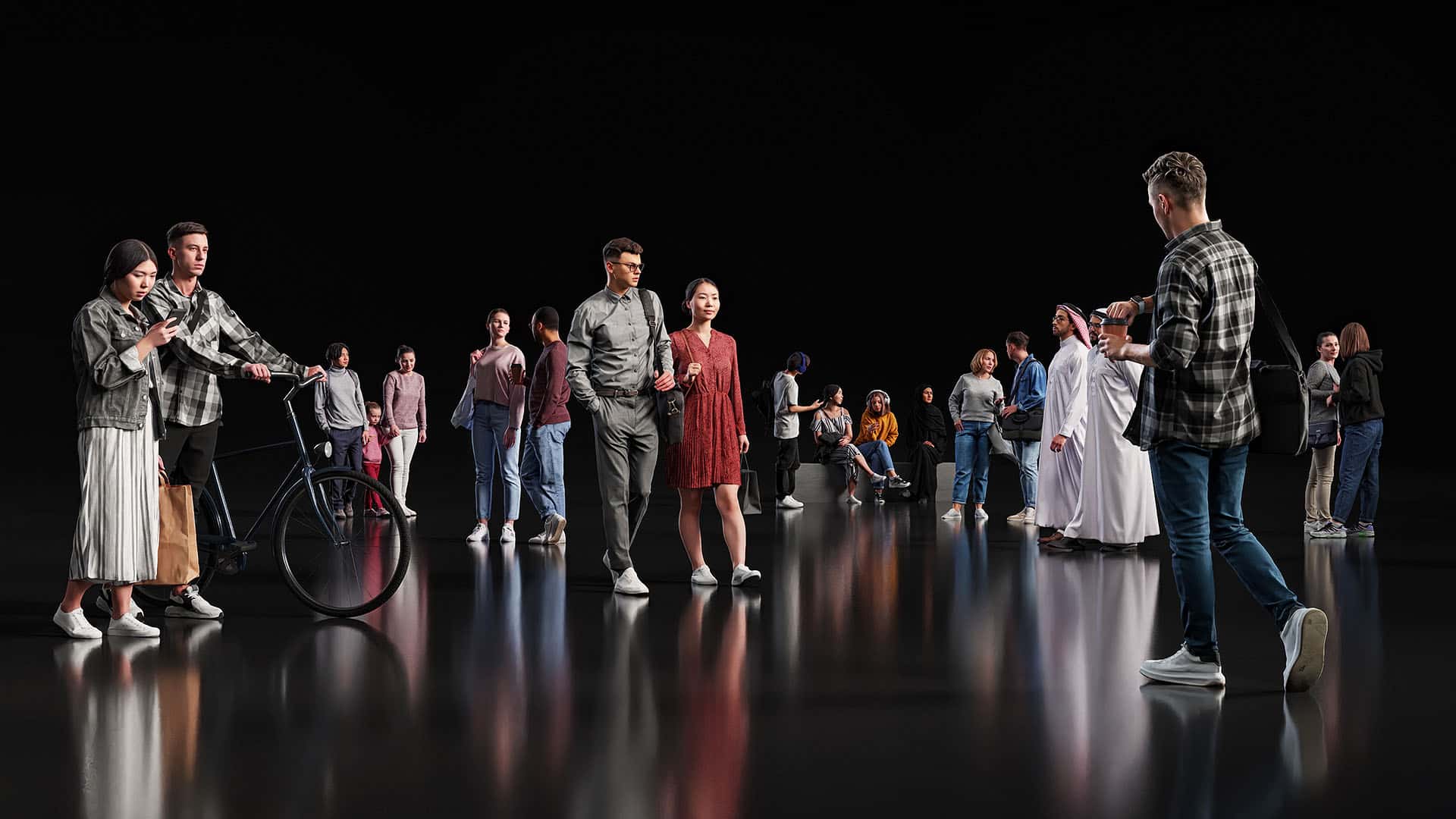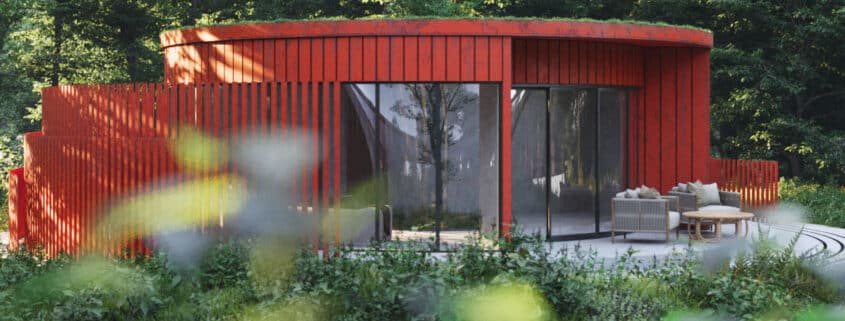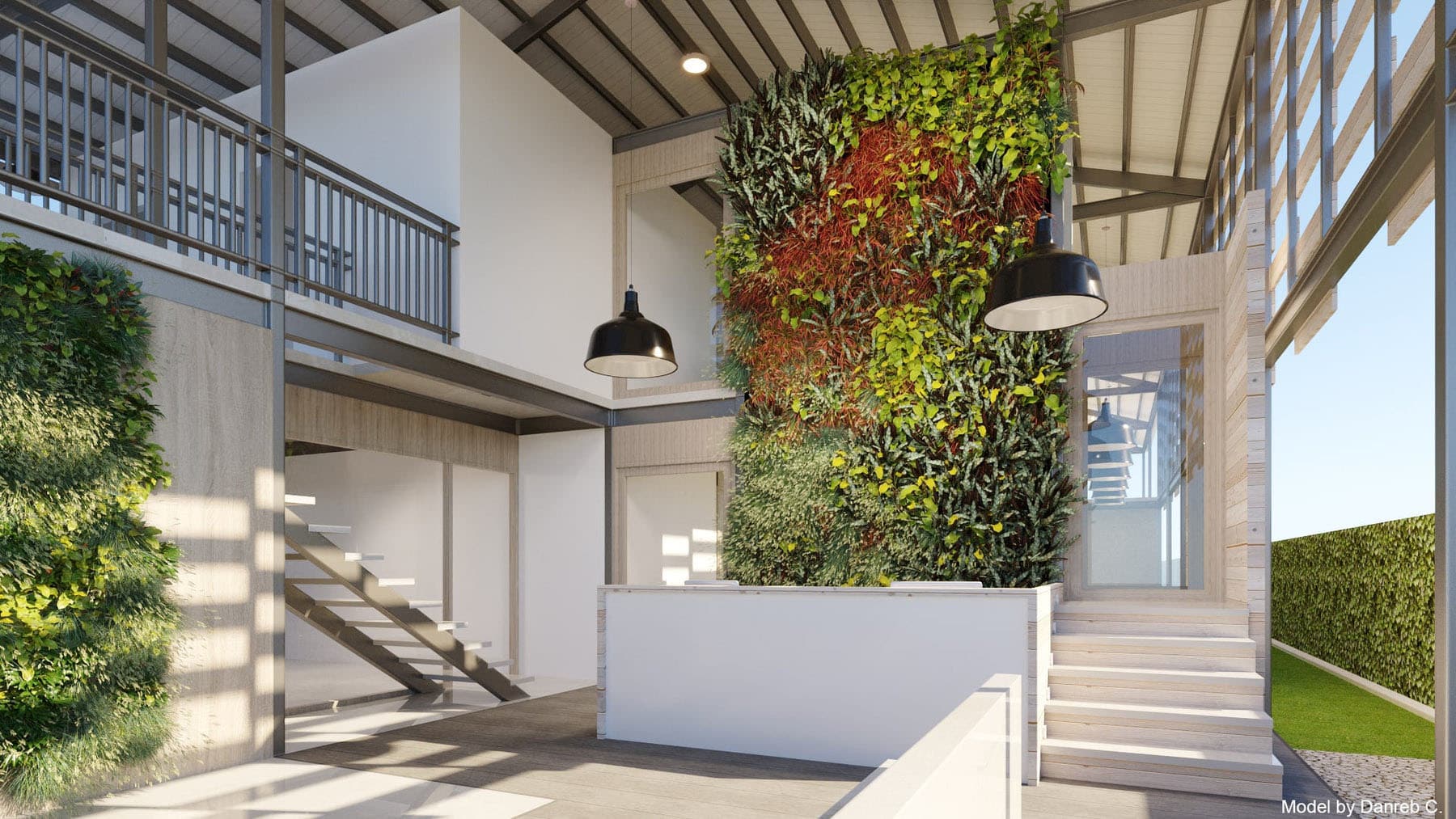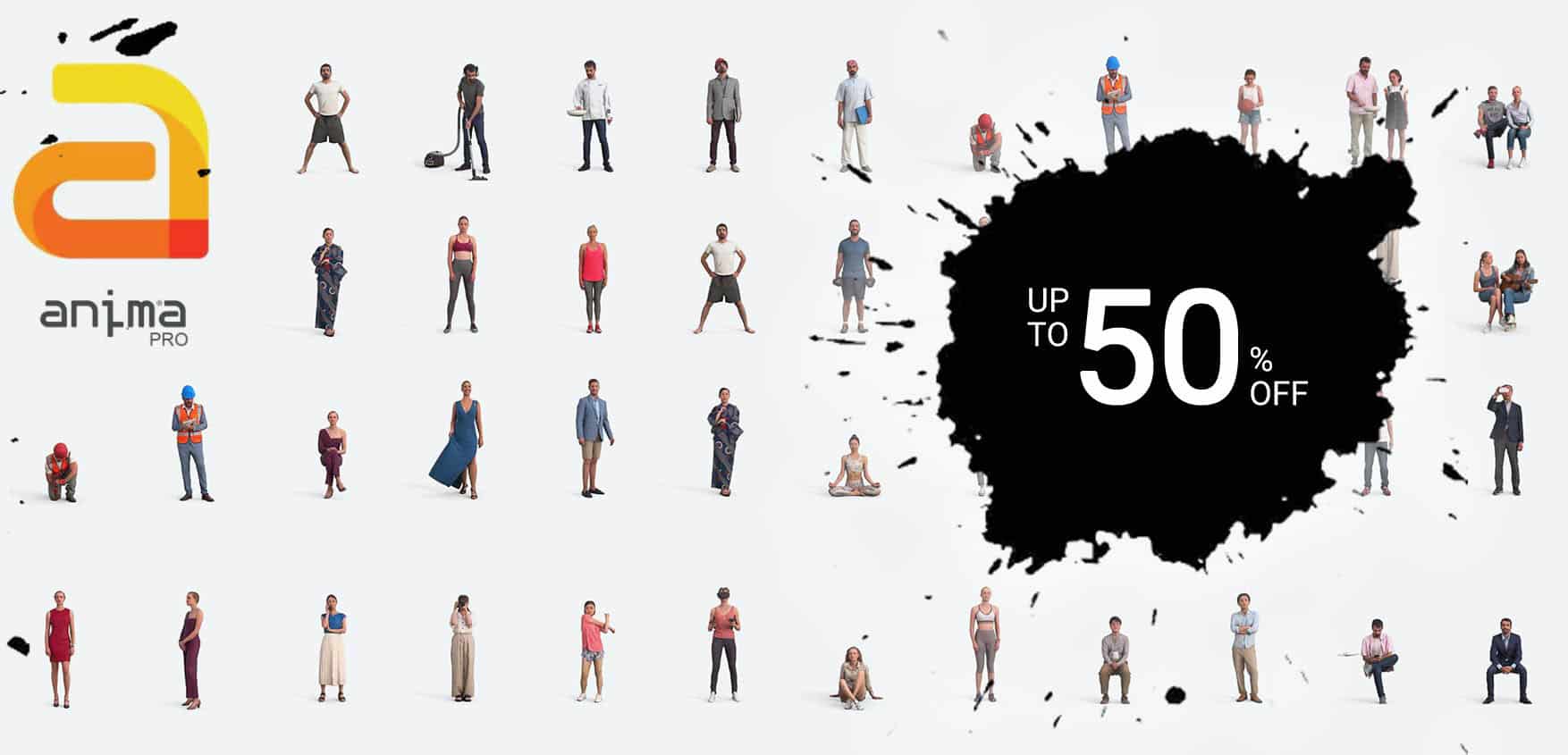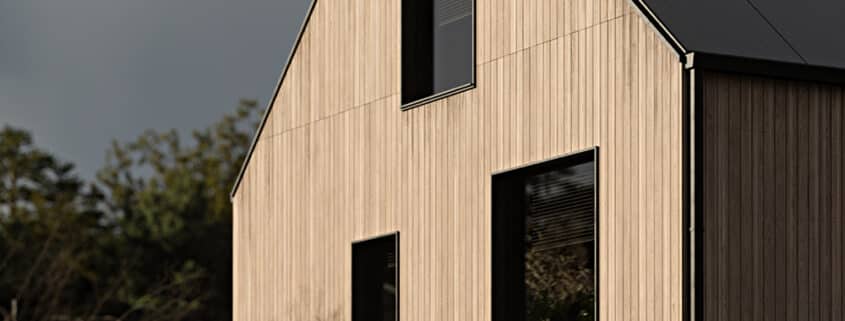The 2024 ArchViz BlackFriday
/in ArchVIZ Biz, From The Web, News 3d, 50%, ai, archviz, archviz blackfriday, blackfriday, check, deals, friday, globe plants, page, plants, skatter, sketchup, time FStormRender, Photoshop /by Ronen BekermanNews / Promotion
The 2024 ArchViz BlackFriday!
The annual ArchViz BlackFriday to CyberMonday promotion is underway with a new page abd partners early to start! More to join in leading up to the official Black Friday date – November 29th. Expect up to 50% Discounts on software, content and training going on well into (3)December.
Reading time: 1 min 03 sec
Visit the special landing page prepared this year to showcase all the great deals you can grab immediately!
Check deals that have already started by :
- Globe Plants – 45% off on all of their plants.
- Topaz Labs – 50% off and are a major player this time around as AI becomes prevalent in our field. Check out Gigpixel, Photo AI and Video AI.
Globe Plants
Featuring Globe Plants front and center this year, they made big strides to support as many platforms and formats! Believe in the fusion of art and technology, they have a vision to provide the most lifelike, detailed, and scientifically accurate 3D plant models, bridging the gap between virtual and real-world landscapes.
For 3d people, check out Humano 3d‘s offering now at 33% off!
Table of Contents
Stay tuned for more...
More deals open up towards Friday the 24th so keep an eye on the promo page at – https://blackfriday.ronenbekerman.com/














